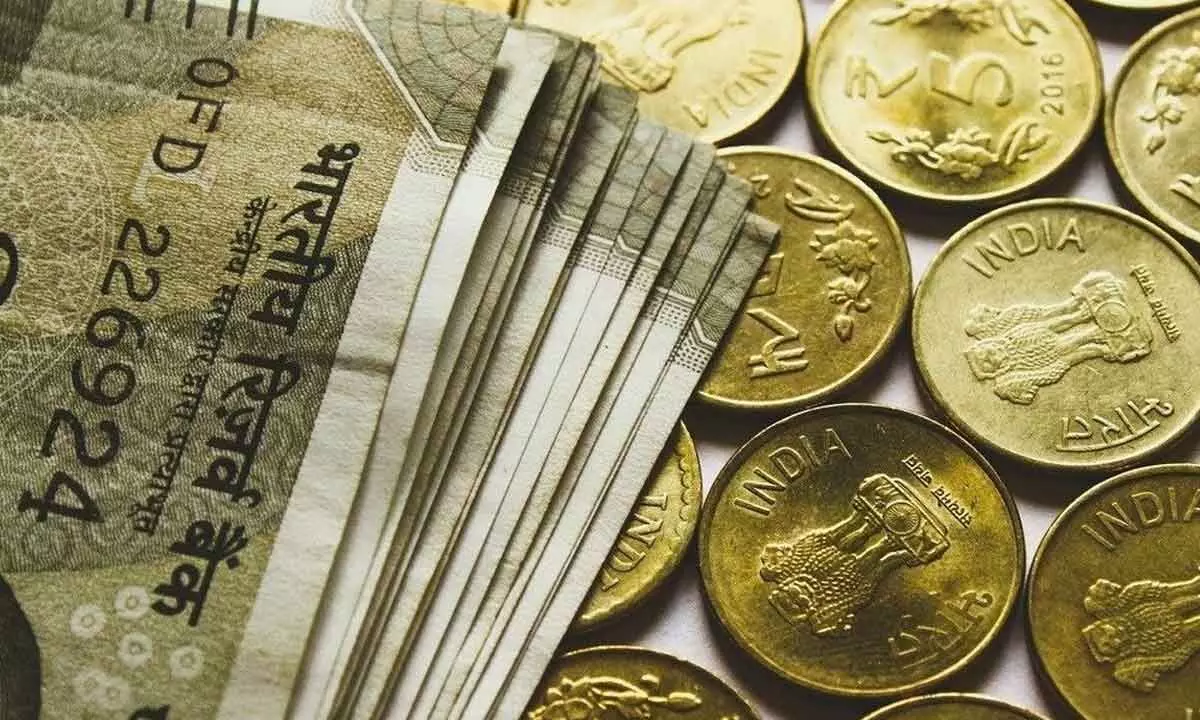Are bank charges eating away your savings?
Given the opacity and non-verifiability of the methods adopted by banks to fix service charges, it becomes difficult for supervisors to identify and address lacunae, says Ashish Das
image for illustrative purpose

Mumbai: It is true that unreasonable bank charges are eating away your savings, reveals a study conducted by Ashish Das from Indian Institute of Technology, Mumbai.
The research and analysis, which considers 23 scheduled commercial banks, ranks them in a scientific manner and exposes how much banks really charge for everyday services, will be launched by SS Mundra, former Deputy Governor, RBI on May 22. The study also reveals which banks are the most cost-effective.
Talking to Bizz Buzz, Ashish Das says, “There is significant disharmony in the way banks fix their service charges. Ensuring reasonableness in arriving at these charges by banks lacks customer centricity, rationality, analytical foundations and also many-a-times non-adherence to the regulatory guidelines.”
Given the opacity and non-verifiability of the methods adopted by banks to fix service charges, it becomes difficult for supervisors to identify and address lacunae and ensure reasonableness in fixing service charges based on cost to bank for providing that service, he said.
According to Das, “Banks’ casual approach and supervisors’ constraints hurt the bank depositors, particularly the middle class and the marginalised ones. In this context, I am grateful for the opportunity to present the findings from the detailed analysis of bank service charges in India and shed light on regulatory and supervisory actions in this domain.”
Sucheta Dalal of Moneylife Foundation, says, “At Moneylife Foundation, we think this survey is extremely important because such a comparison of bank charges or even an assessment of banks is being done after 18 years.
The last one was done in 2006, sponsored by the RBI. Unless we as ordinarily consumers have access to such a study, it is almost impossible for us to know which bank offers better rates and services, she said.
According to Dalal, “We are happy that Prof Das agreed to do this for us because it required a lot of academic rigor to find a way to compare charges across 25 banks, since each of them portray them a little differently on their website. We intend to make this data available on our website for anyone to access.”

